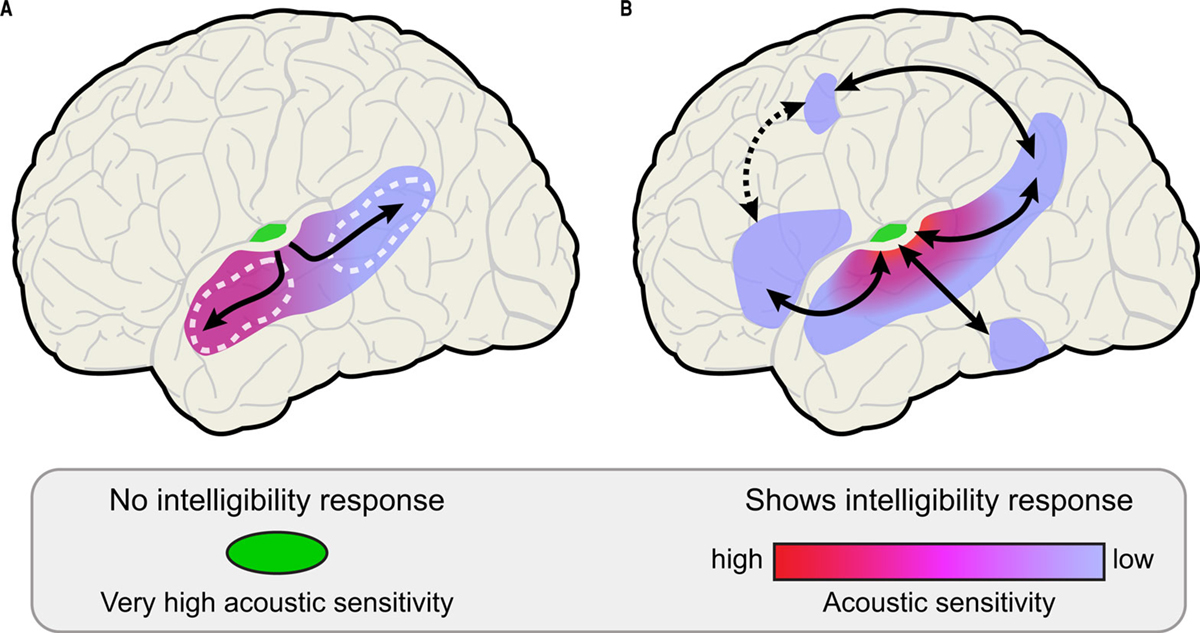
Central auditory processing disorder is a spectrum of different disorders that affect the way the brain processes auditory information. Patients suffering from central auditory processing disorder have a perfectly functional and normal peripheral hearing ability. However, the problem with this disorder is that patients cannot process the information they hear normally. The disorder manifests in various difficulties in recognizing and interpreting sounds, especially speech. It is estimated that somewhere around 2-3% of children and 17-20% of adults have this disorder.
Causes of central auditory processing disorder
This disorder can be genetic or acquired. If it is acquired, it usually results from various ear infections, head injuries or developmental delays. All these conditions can cause different central nervous system malfunctions that can further affect one's ability to process auditory information. There is also evidence that auditory processing disorder associates with the autistic spectrum disorder, dyslexia, middle ear infections and lack of oxygen at birth.
Symptoms of central auditory processing disorder
Auditory processing disorder is characterized by various specific characteristics. For example, people with this disorder have trouble paying attention to and remembering information presented verbally, as they are generally more comfortable with visually obtained information. These people need to hear only one direction at a time, and therefore, face problems whenever they need to carry out multi-step directions given verbally. Their listening skills appear very poor, which is especially noticeable during the school years when the patients express difficulties with reading, spelling and building up the vocabulary. Their academic performance is generally low as they need more time to process even the simplest verbal information.
Moreover, these patients may often ask other people to speak very slowly, and prefer written communication instead of normal verbal conversation. People with the central auditory processing disorder tend to avoid loud places such as bars, clubs, and other gathering spots.
Patients with problems in processing auditory information tend to be very quiet and shy. They usually restrain from normal social communication being afraid that the others won’t understand the real issue behind their hearing problems. In adults, central processing auditory disorder is often presented in conjunction with interpersonal relationship problems.
Treatment for the central auditory processing disorder
In most of the cases, the performance of auditory processing can significantly improve with auditory training, or the simple practice of the basic auditory processing tasks. There are numerous auditory training programs available for treatment. Auditory integration training is also used to improve the condition of these patients. It includes 20 half-hour sessions over 10 days listening to specially filtered and modulated music. Sound field amplification system can also maximize the patient’s listening and learning capacity.

















Your thoughts on this
Loading...